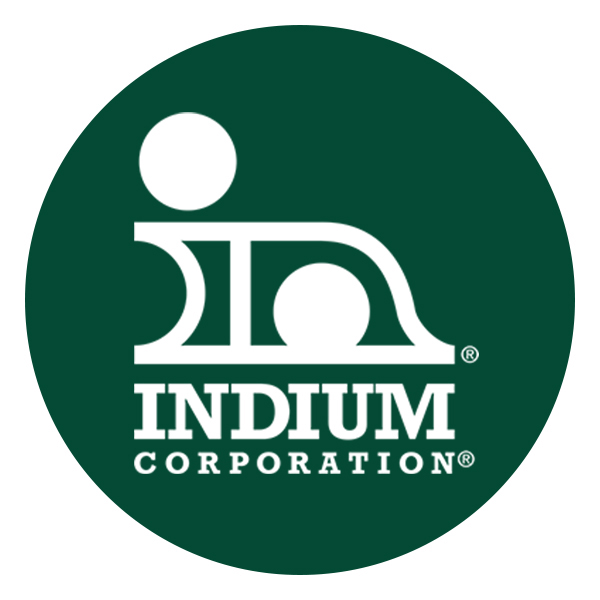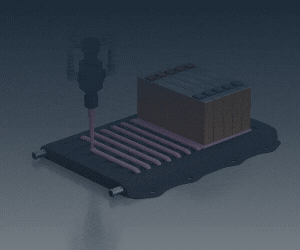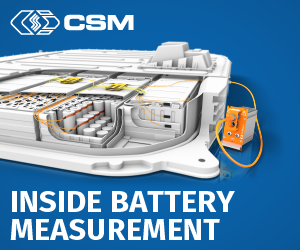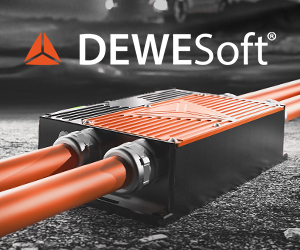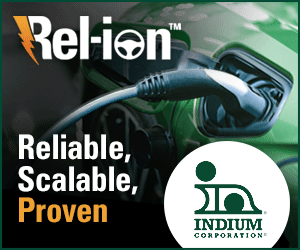There’s no such thing as a DC motor

(Image courtesy of BMW)
Electromagnetically speaking, there’s no such thing as a DC motor. Bear with me. Many of us are used to making a sharp distinction among electric machines based on whether they need to be supplied with an alternating current (AC) or direct current (DC) to run. That is still a practical, useful distinction to make when designing an EV of any kind, but it obscures the deeper truth that all electric motors need currents that alternate inside them, writes Peter Donaldson.
Consider a straightforward brushed ‘DC’ motor with permanent magnets in its stator. Granted, it is powered by a DC source, but that current passes into and out of the rotor windings via the stationary brushes and the rotating commutator, which consists of multiple contacts, each isolated from its immediate neighbours, connected to the stator coils. The effect of the commutator is to reverse the direction of the current flowing through the coils in a cycle that keeps their induced magnetic fields pushing against the fields from the permanent magnets in the direction necessary to keep the rotor spinning. That reversal of direction creates (and defines) AC, making the DC motor a DC-powered machine with an AC heart.
It’s successor in modern e-mobility applications is the brushless DC (BLDC) motor, which is a name that owes more to marketing than to physics. It is ‘brushless’ because the mechanical commutator is replaced by an electronic one – the inverter, and it is called ‘DC’ only because it is connected to a DC battery – but its fundamental operation is definitely AC. The inverter synthesises precise waveforms – trapezoidal or sinusoidal – to create a rotating magnetic field in the stator, and the permanent magnet rotor synchronously chases this field, which is the very definition of an AC synchronous machine.
It would be more accurate if modern workhorses such as the BLDC motor and the permanent magnet synchronous motor (PMSM) were called permanent magnet AC (PMAC) machines. The distinction between a BLDC motor and a PMSM isn’t their power source – it’s the shape of their internal currents and their control algorithms. One uses trapezoidal commutation and the other, field-oriented control for sinusoidal waves, but both are AC motors in their stator windings, powered by a DC source via an inverter.
This nerdery matters for technical clarity. Labelling BLDC motors as ‘DC motors’ obscures the true nature of the technology. It creates a false categorical division between them, when the BLDC motor and its sinusoidal cousin – the PMSM – are fundamentally both PMAC machines. To many engineers, especially those not specialising in motor design, PMSMs and BLDC motors are often grouped together as ‘brushless permanent magnet motors’.
Because the ‘DC’ label is incorrectly stuck on BLDC motors, it can sometimes bleed over into informal references to the entire category of permanent magnet brushless motors, including PMSMs. So, while a specialist would never call a PMSM a ‘DC motor’, the pervasive use of the ‘DC’ label for its close cousin (the BLDC motor) creates a categorical blurring that obscures the true, fundamental AC nature of both.
Here, I must introduce a couple of qualifications to the sweeping statement I began with. The first is the homopolar motor that can be constructed from a battery, a magnet and wire – but because of its low torque and power density, poor efficiency, limited speed control and impractically high currents, it is generally confined to demonstration and teaching uses. The second recognises the fact that a brushed DC motor’s stator field is indeed DC, either from windings or permanent magnets, but the torque-producing action depends on the alternation of current in the rotor. Therefore, electromagnetically speaking, there’s ‘almost’ no such thing as a DC motor.
Click here to read the latest issue of E-Mobility Engineering.
ONLINE PARTNERS




